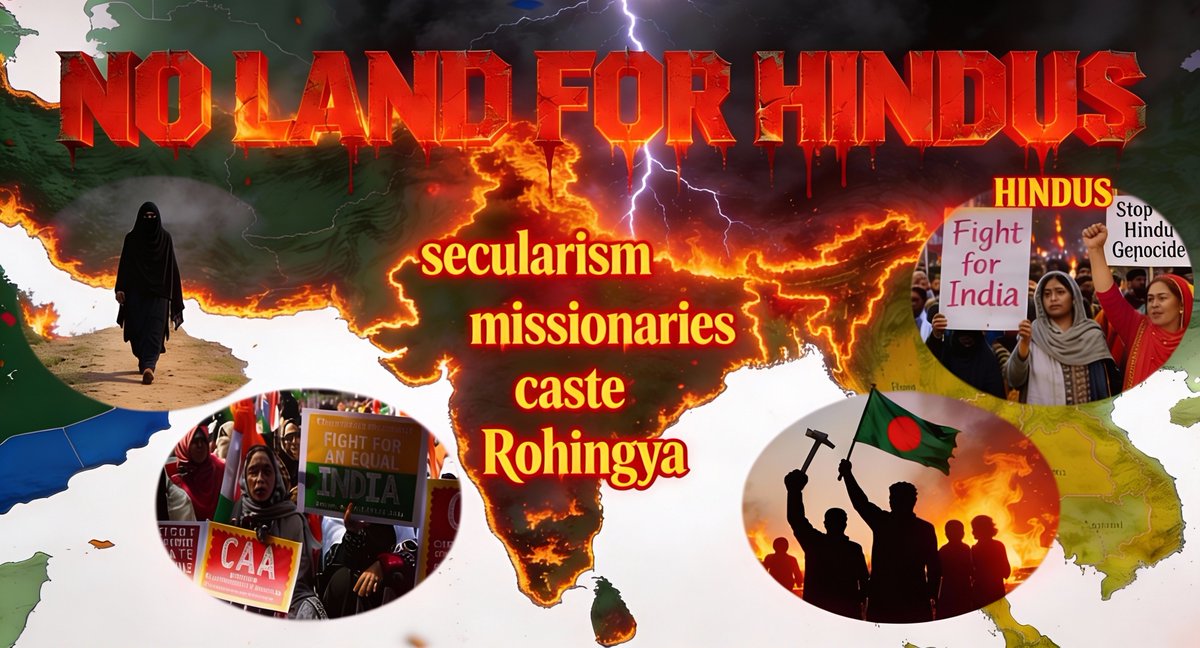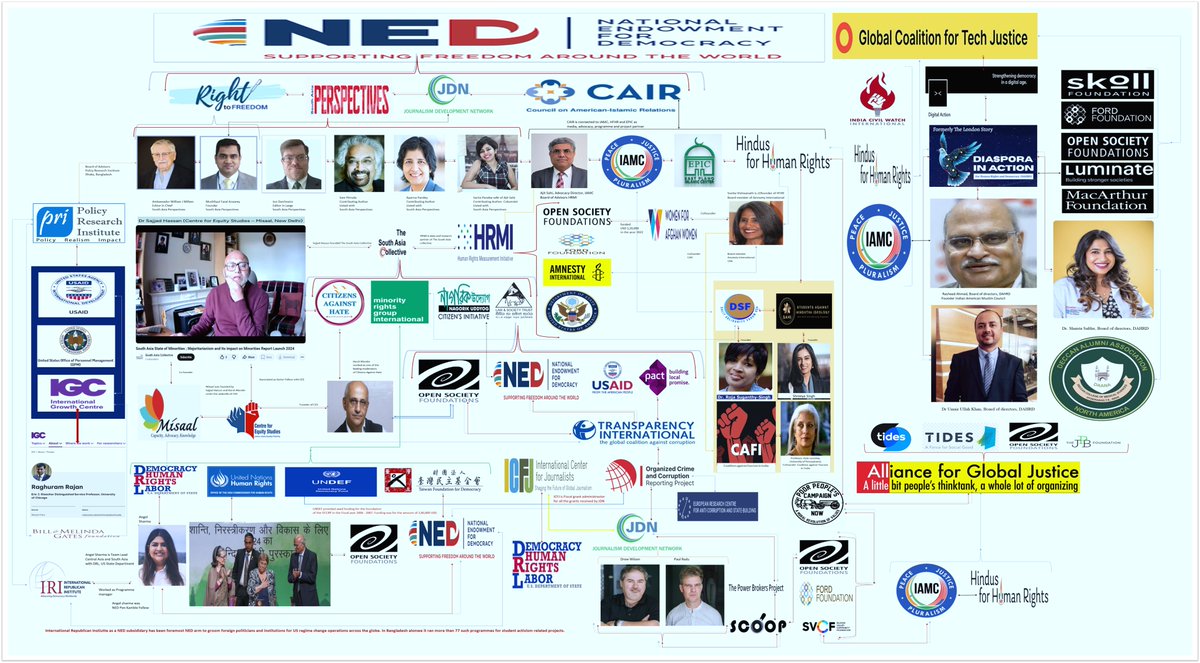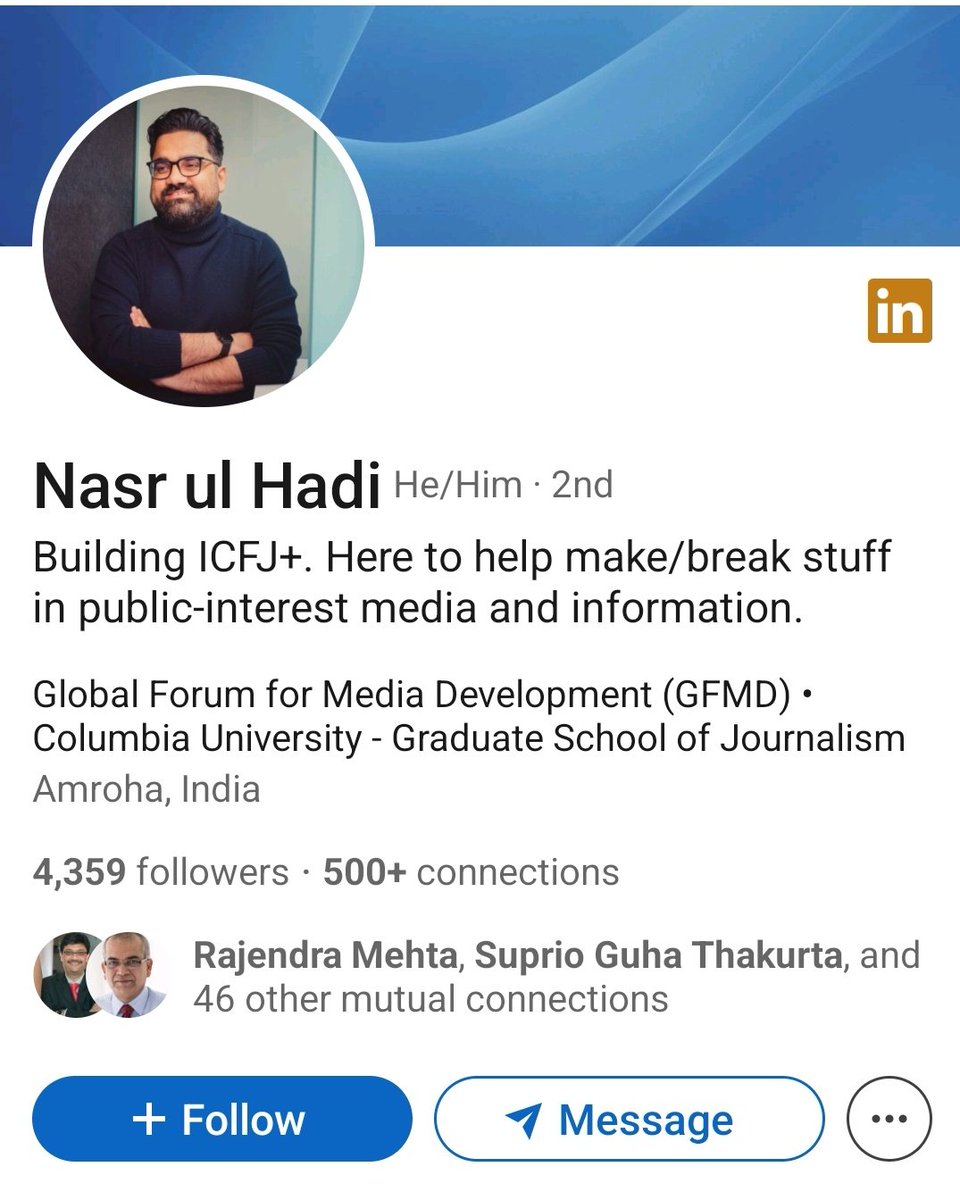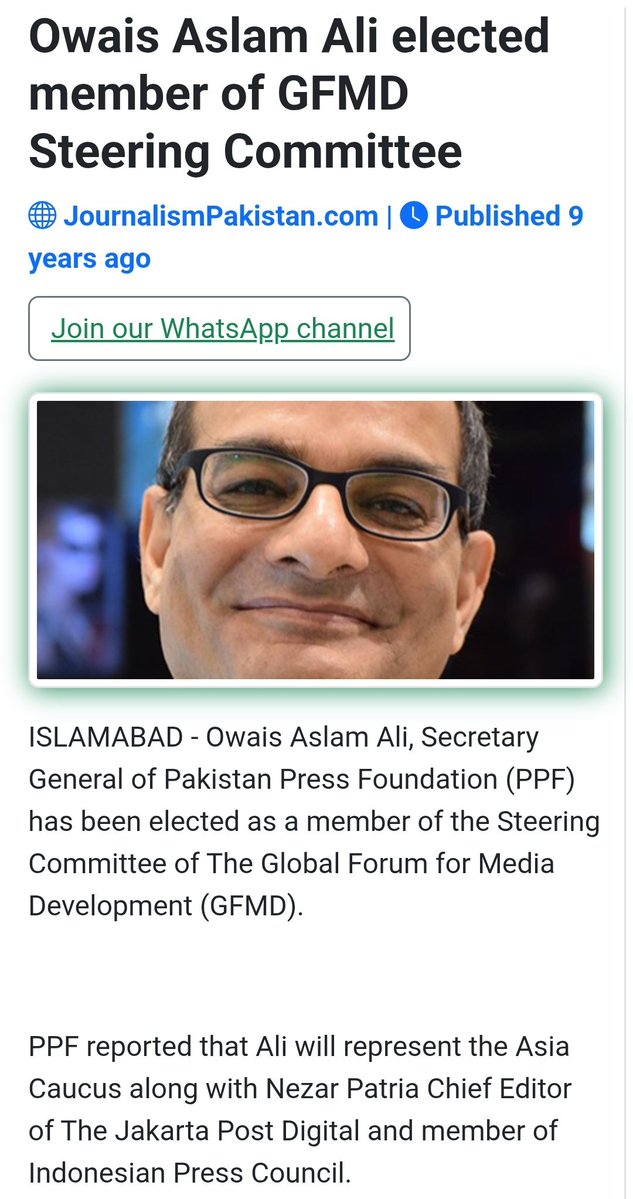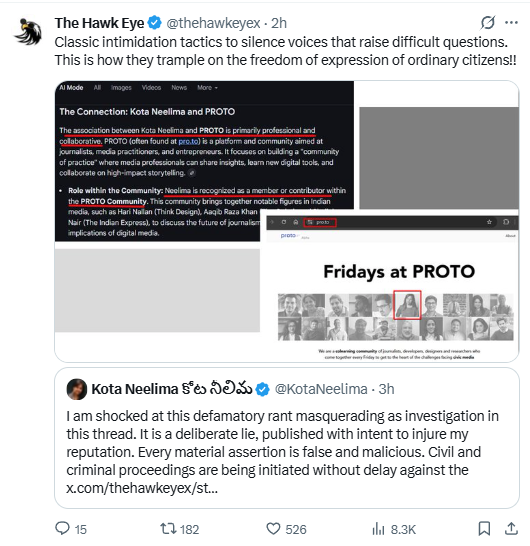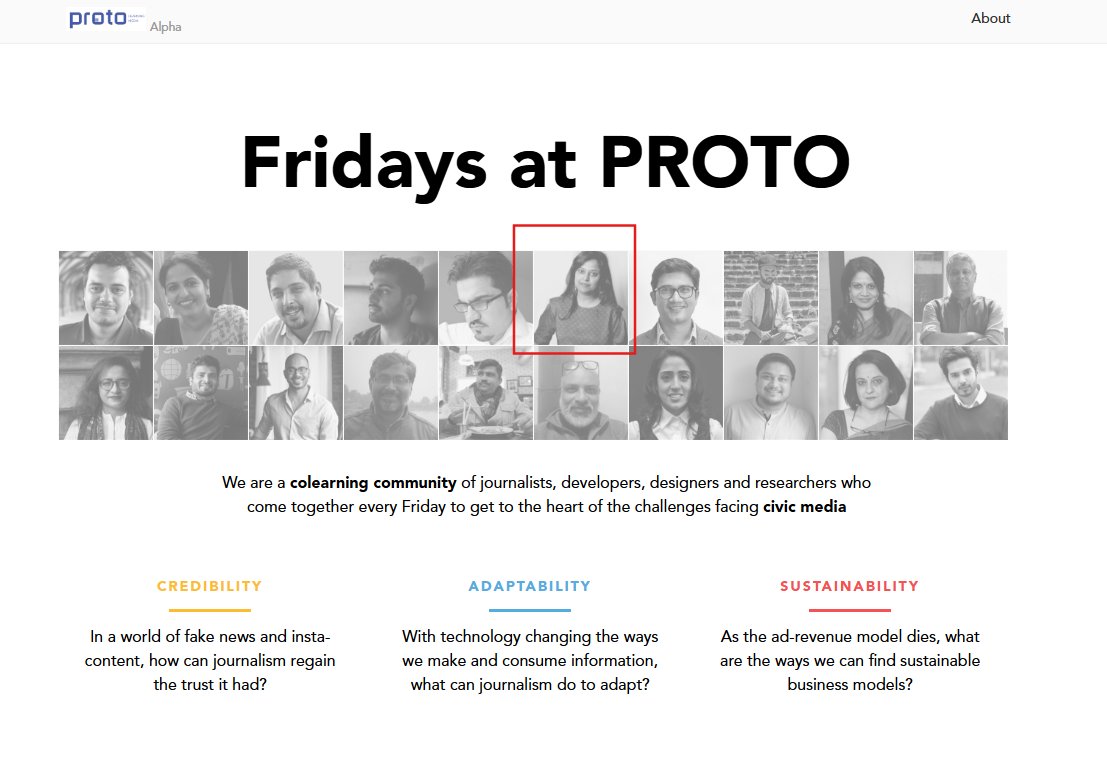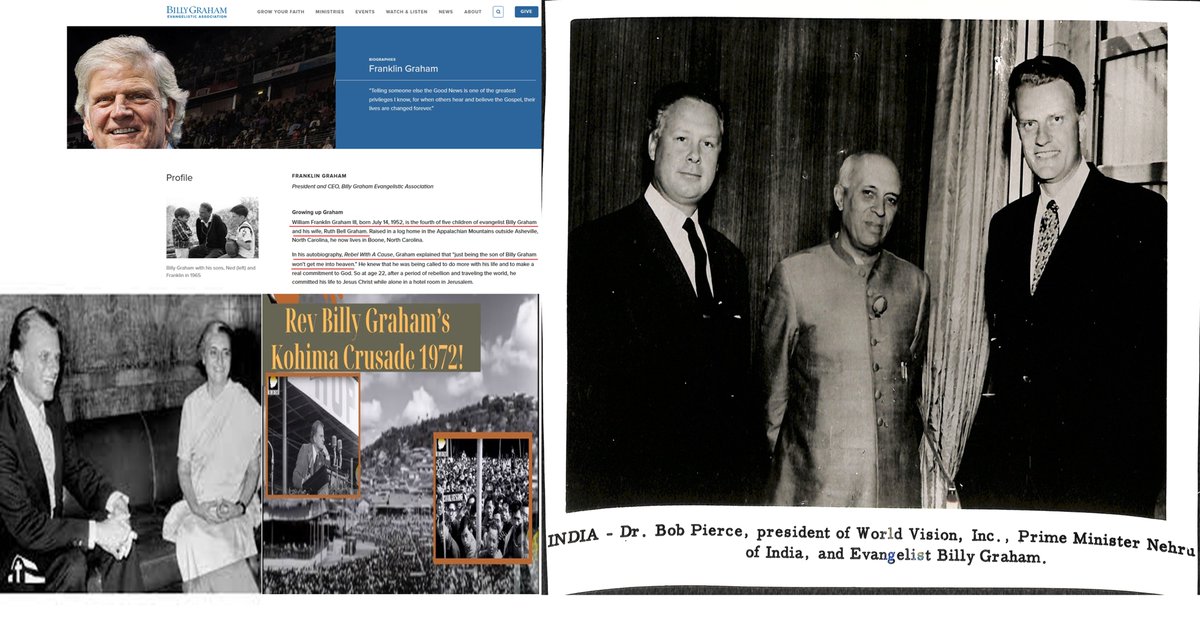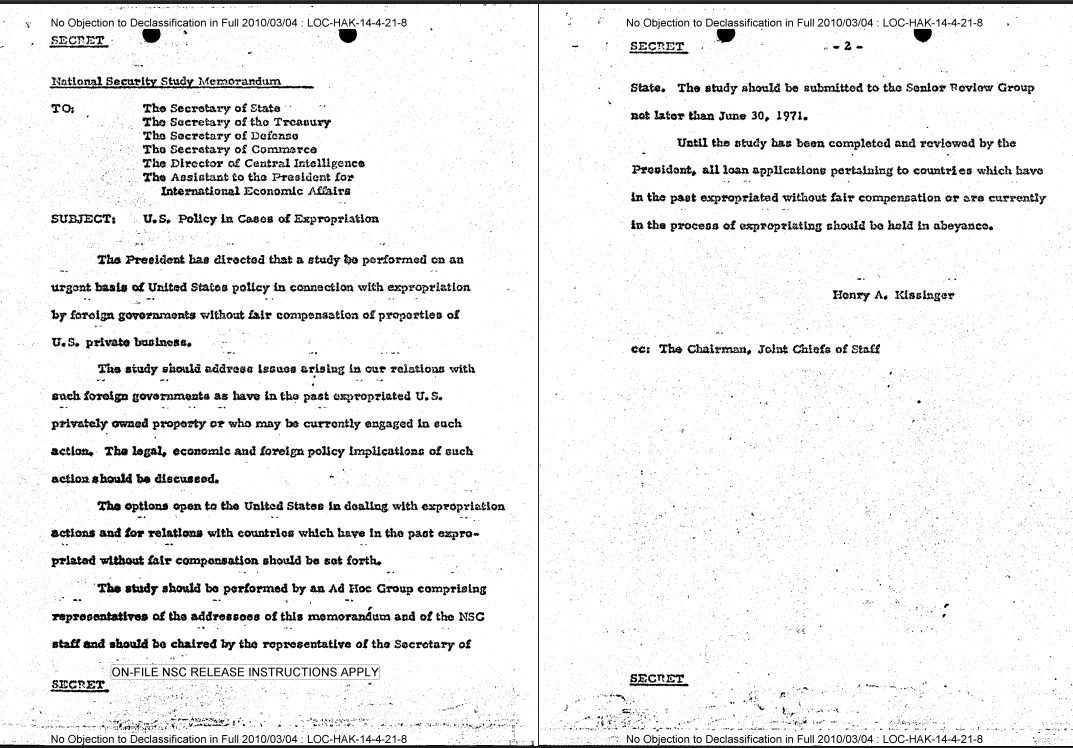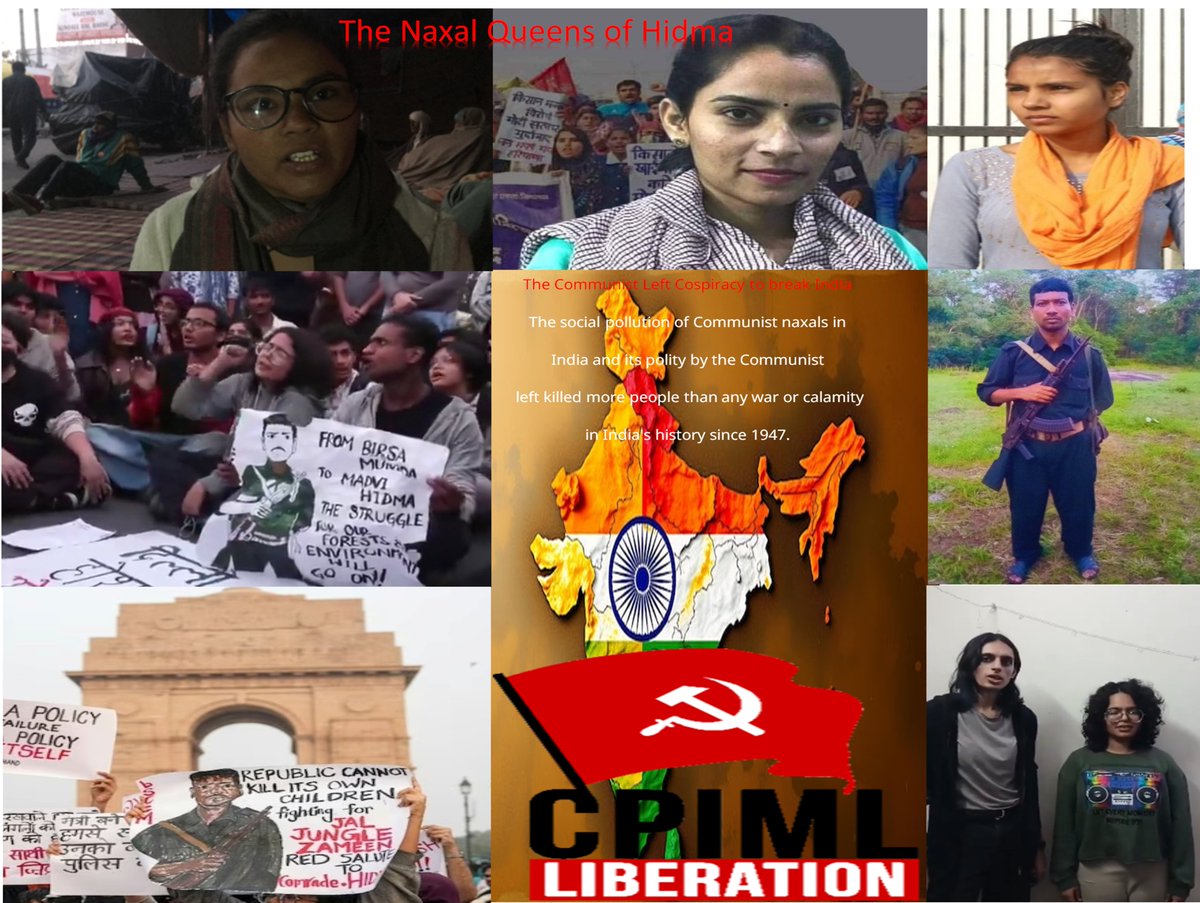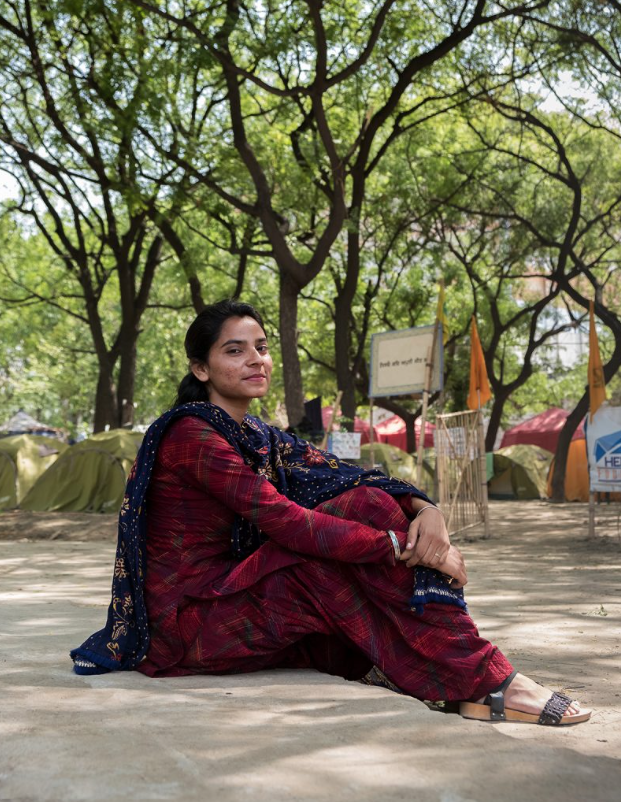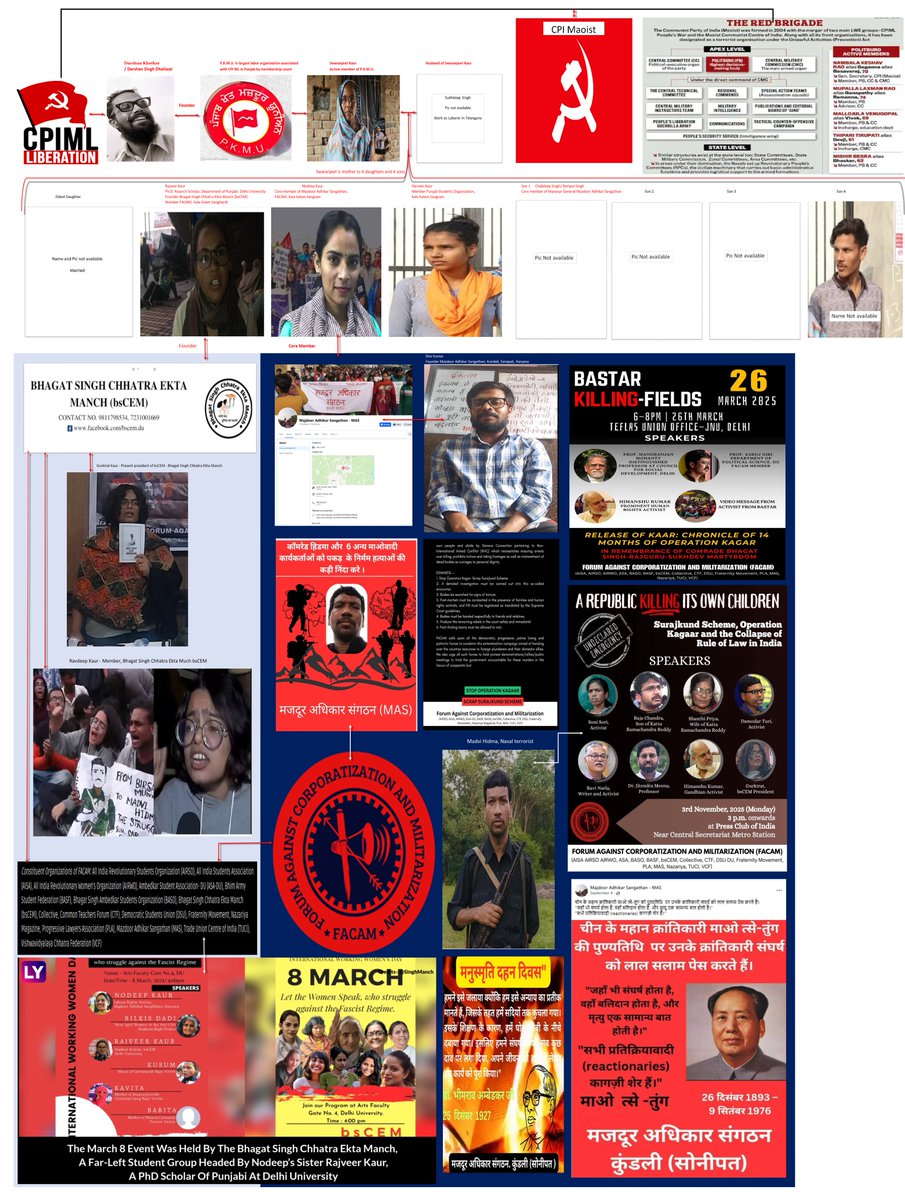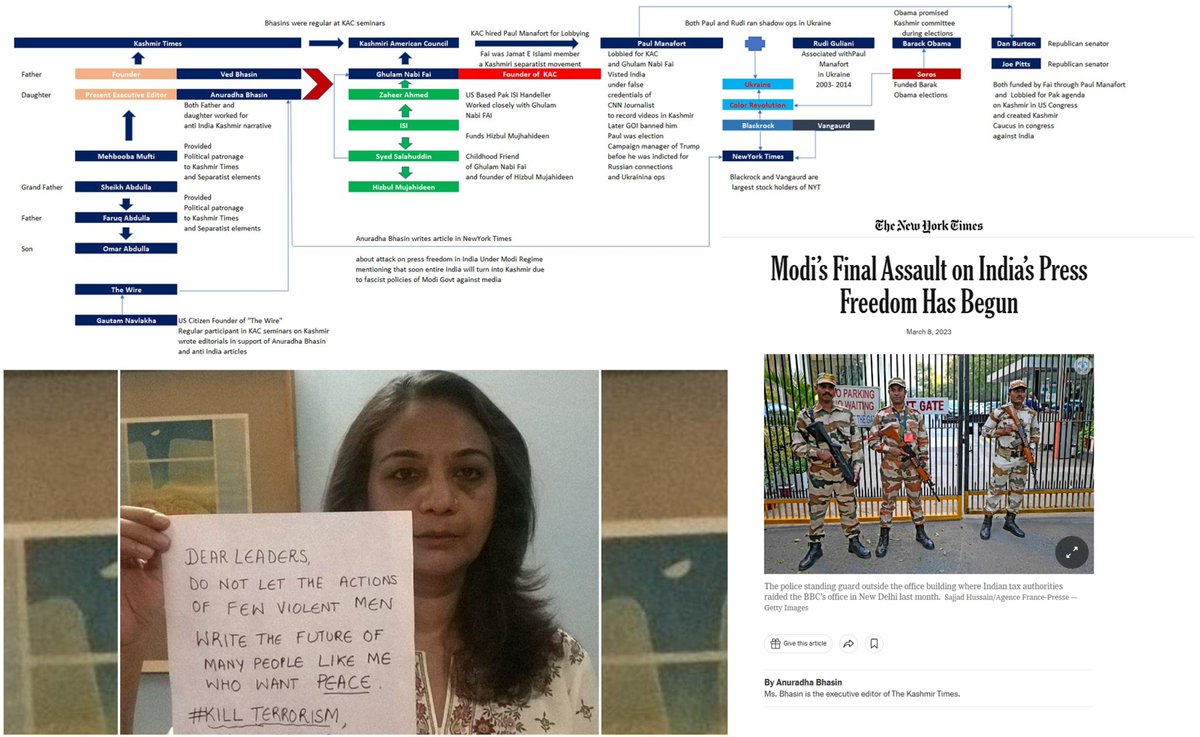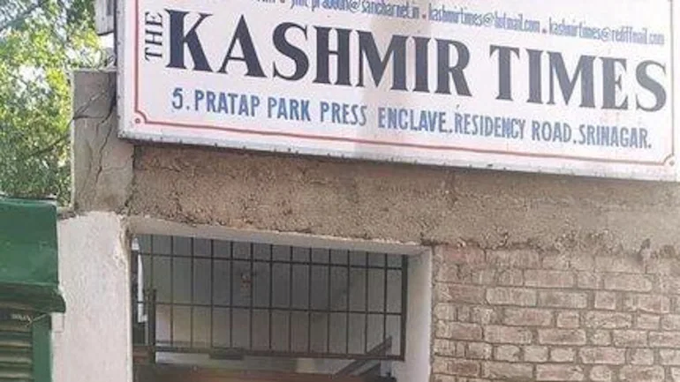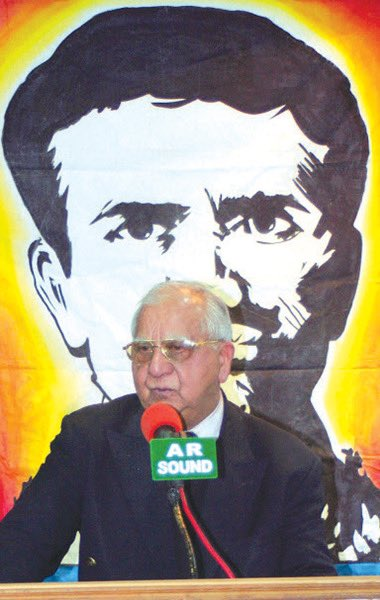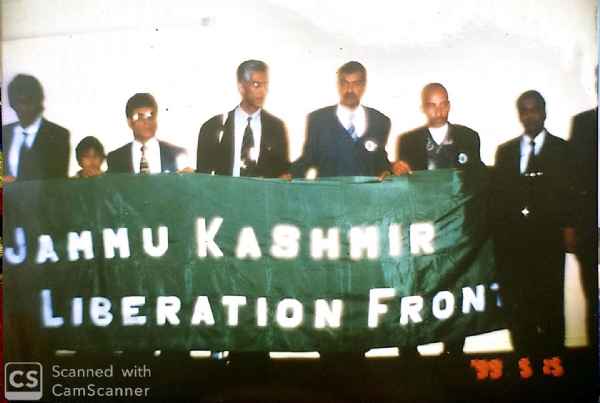⭐️Vedic Rishika's - The Female Scholars of the Vedic Age of India and First Feminists of the World
#Thread
Who was Vedic Rishika?
#Sanatan #Vedic #Rishi #Rishika #India #Hinduism

#Thread
Who was Vedic Rishika?
#Sanatan #Vedic #Rishi #Rishika #India #Hinduism
https://twitter.com/IamTheStory__/status/1646990983828242437
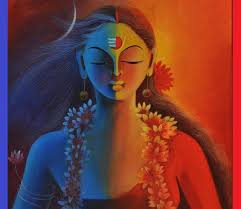
1. During the Vedic Era women had two paths to practice - 1. Brahmavadini who studied philosophy and theology for the rest of their life 2. Sadyowaha who were students till they are married. Vedic society revered women as equals with respect and modesty of values.
#Hinduism #India #Vedic #Rishsika #Rigveda

#Hinduism #India #Vedic #Rishsika #Rigveda


2. Brahmavadini was the title attributed to women scholars, who dedicated their lives to the pursuit of knowledge and the study of the Vedas. Some were unmarried, living as ascetics, and independent of their fathers, brothers, or male counterparts. They were paragons of intellectual proficiency, natural philosophy, and spiritual enlightenment. They were Rishika's–female sages–in their own right and were revered as teachers, doctors, and theorists.
#Hinduism #India #Vedic #Rishsika #Rigveda
#Hinduism #India #Vedic #Rishsika #Rigveda

3. The Sacred Thread ceremony, called Upanayana, Janeau, or Poita, was conferred on both girls and boys at the age of seven. Post this ceremony, children were admitted to Vedic educational institutions also known as Gurukuls. Many of these gurukuls practiced co-education. However, with the advent of women teachers, called Upadhyayanis, there were also an increasing number of educational institutions dedicated to girls pursuing higher education.
#Hinduism #India #Vedic #Rishsika #Rigveda
#Hinduism #India #Vedic #Rishsika #Rigveda

4. Beyond this many women chose to study means the field of epistemology and metaphysics. They were called "Kasakritsna,s".
#Hinduism #India #Vedic #Rishsika #Rigveda
#Hinduism #India #Vedic #Rishsika #Rigveda

5. All of Rishika were highly educated and contributed to Vedic hymens and various Vedic texts. During the Vedic Era, women were treated with respect and equality. They could get an education, and they could choose life paths from grihastha to brahmajnana to sanyas.
#Hinduism #India #Vedic #Rishsika #Rigveda
#Hinduism #India #Vedic #Rishsika #Rigveda

6. Sanskrit terms used by the husband for the wife were Pathni (the one who leads the husband through life), Dharmapathni (the one who guides the husband in dharma) and Sahadharmacharini (one who moves with the husband on the path of dharma; righteousness and duty).
#Hinduism #India #Vedic #Rishsika #Rigveda
#Hinduism #India #Vedic #Rishsika #Rigveda

6. In Veda's a Woman was designated as:
Aditi, because she is not dependent (Nirukta, 4/22)
Aghnyā, for she is not to be hurt (Yajur Veda 8/43)
Bŗhatī, for she is large-hearted (Yajur Veda 11/64)
Chandrā, because she is happy (Yajur Veda 8/43)
Devakāmā, since she is pious. Atharvar Veda 14/1/47)
Devī, since she is divine (Atharvar Veda 14/1/45, Yajur Veda 4/23)
Dhruvā, for she is firm (Yajur Veda 11/64) ā
Havyā, because she is worthy of invocation (Yajur Veda 8/43)
Idā, for she is worshippable (Yajur Veda 8/43)
Jyotā, because she is illuminating, bright (Yajur Veda 8/43)
Kāmyā, because she is lovable (Yajur Veda 8/43)
Kshamā, for she is tolerant/indulgent /patient (Atharvar Veda 12/1/29)
Mahī, since she is great (Yajur Veda 8/43)
Menā, because she deserves respect (Nirukta 3/21/2)
Nārī, for she is not inimical to anyone (Atharvar Veda 14/1/59)
Purandhih, for she is munificent, liberal (Yajur Veda 22/22)
Rantā, because she is lovely (Yajur Veda 8/43)
Sivā, for she is benevolent (Atharvar Veda 14/1/64)
Sivatamā, since she is the noblest (Rig Veda 10/85/37)
Strī, since she is modest (Rig Veda 8/33/9, Nirukta 3/21/2)
Subhagā, because she is fortunate (Yajur Veda 8/43)
Subhdhā, for she is knowledgeable (Atharvar Veda 14/2.75)
Sumangalī, since she is auspicious (Atharvar Veda 14/2/26)
Sushevā, for she is pleasant (Atharvar Veda 14/2/26)
Suvarchā, since she is splendid (Atharvar Veda 14/4/47)
Suyamā, since she is self–disciplined. (Atharvar Veda 14/2/18)
Syonā, for she is noble (Atharvar Veda 14/2/27)
Vīriņī, since she is the mother of brave sons (Rig Veda 10/86/9, 10)
Vishrutā, since she is learned (Yajur Veda 8/43)
Yashasvatī, for she is glorious (Rig Veda 1.79.1)
Yoşhā, because she is intermingled with a man, she is not separate (Nirukta 3/15/1)
#Hinduism #India #Vedic #Rishsika #Rigveda
Aditi, because she is not dependent (Nirukta, 4/22)
Aghnyā, for she is not to be hurt (Yajur Veda 8/43)
Bŗhatī, for she is large-hearted (Yajur Veda 11/64)
Chandrā, because she is happy (Yajur Veda 8/43)
Devakāmā, since she is pious. Atharvar Veda 14/1/47)
Devī, since she is divine (Atharvar Veda 14/1/45, Yajur Veda 4/23)
Dhruvā, for she is firm (Yajur Veda 11/64) ā
Havyā, because she is worthy of invocation (Yajur Veda 8/43)
Idā, for she is worshippable (Yajur Veda 8/43)
Jyotā, because she is illuminating, bright (Yajur Veda 8/43)
Kāmyā, because she is lovable (Yajur Veda 8/43)
Kshamā, for she is tolerant/indulgent /patient (Atharvar Veda 12/1/29)
Mahī, since she is great (Yajur Veda 8/43)
Menā, because she deserves respect (Nirukta 3/21/2)
Nārī, for she is not inimical to anyone (Atharvar Veda 14/1/59)
Purandhih, for she is munificent, liberal (Yajur Veda 22/22)
Rantā, because she is lovely (Yajur Veda 8/43)
Sivā, for she is benevolent (Atharvar Veda 14/1/64)
Sivatamā, since she is the noblest (Rig Veda 10/85/37)
Strī, since she is modest (Rig Veda 8/33/9, Nirukta 3/21/2)
Subhagā, because she is fortunate (Yajur Veda 8/43)
Subhdhā, for she is knowledgeable (Atharvar Veda 14/2.75)
Sumangalī, since she is auspicious (Atharvar Veda 14/2/26)
Sushevā, for she is pleasant (Atharvar Veda 14/2/26)
Suvarchā, since she is splendid (Atharvar Veda 14/4/47)
Suyamā, since she is self–disciplined. (Atharvar Veda 14/2/18)
Syonā, for she is noble (Atharvar Veda 14/2/27)
Vīriņī, since she is the mother of brave sons (Rig Veda 10/86/9, 10)
Vishrutā, since she is learned (Yajur Veda 8/43)
Yashasvatī, for she is glorious (Rig Veda 1.79.1)
Yoşhā, because she is intermingled with a man, she is not separate (Nirukta 3/15/1)
#Hinduism #India #Vedic #Rishsika #Rigveda

7. In Rigveda the famous hymn of Rishika Surya Savitri is full of beautiful sayings and descriptions that show the high regard for women. The new bride is praised as the controller of the household (“वशिनी” ), and the sole sustenance of it and inspiration to the husband (“गार्हपत्याय जागृहि”, “एना पत्या तन्वं सं सृजस्व” ). She is very auspicious and everyone is invited to see her and bless her (“सुमङ्गलीरियं वधूरिमां समेत पश्यत” ). She is also seen as powerful enough to bring ill fate, destruction and ruin to the household if she so desired. Hence she is pleaded with to be comforting (“स्योना अनृक्षरा” ), bringing good fortune (“अदुर्मङ्गली” 43), benevolent (“अघोरचक्षु” ), protecting her husband (“अपतिघ्न्या” ) and also kind and nurturing to the domestic animals (“शं नो भव द्विपदे शं चतुष्पदे” , “शिवा पशुभ्यः सुमनाः सुवर्चाः” ). With her 10 sons, she is asked to make her husband the 11th son (“दशास्यां पुत्रानाधेहि पतिमेकादशं कृधि” ). She is blessed to become the queen of her parents-in-law, sisters-in-law and brothers-in-law — what this means is she would be so beloved that they would treat her like a queen (“सम्राज्ञी श्वशुरे भव सम्राज्ञी श्वश्र्वां भव, ननान्दरि सम्राज्ञी भव सम्राज्ञी अधि देवृषु” ).
#Hinduism #India #Vedic #Rishsika #Rigveda
#Hinduism #India #Vedic #Rishsika #Rigveda

8. 8. There are over 36 Rishikas, who specifically, find mention in various Vedic texts. The following are the names of the important Rishikas in alphabetical order:Aditi, Aghnya, Brhati, Chandra, Devakama, Devi, Dhruva, Havya, Ida, Jyota, Kamya, Kshama, Mahi, Mena, Nari, Purandhih, Ranta, Ratavari, Sanjeya, Sarasvati, Simhi, Shivi, Shivatama, Stri, Subhaga, Subhada, Sumangali, Susheva, suvarcha, Suyama, Syona, Virini, Vishruta, Yashaswati and Yoshi. #Hinduism #India #Vedic #Rishsika #Rigveda

9. Vedic education system was based on the concepts of "Shruti" - To listen to the teacher and "Smriti" - To memorize the teachings. Education was imparted by the Rishis in their Ashram-based Gurukuls. All students had to practice celibacy till the time they were students.
#Hinduism #India #Vedic #Rishsika #Rigveda
#Hinduism #India #Vedic #Rishsika #Rigveda

10. Under the Ashram system, the human lifespan was divided into four periods. The goal of each period was the fulfillment and development of the individual. The classical system, in the Ashrama Upanishad, the Vaikhanasa Dharmasutra, and the later Dharmashastra, presents these as sequential stages of human life and suggests ages for entry to each stage. But in the original system introduced in the early Dharmasutras, the Ashramas were four alternative available ways of life, neither shown as sequential nor with age recommendations.
#Hinduism #India #Vedic #Rishsika #Rigveda
#Hinduism #India #Vedic #Rishsika #Rigveda

11. Brahmacharya (Student Life) -
Age: Till 25 years
Brahmacharya represented the bachelor student stage of life. This stage focuses on education and included the practice of celibacy.
Grihastha (Household Life)
Age: From 25 years to 48 years
This stage referred to the individual’s married life, with the duties of maintaining a household, raising a family, educating one’s children, and leading a family-centered and dharmic social life.
Vanaprastha (Retired Life)
Age: From 48 years to 72 years
In this stage, a person hand over household duties to the next generation took an advisory role, and slowly withdrew from the world
Sannyasa (Renounced Life)
Age: 72+ (or anytime)
This stage was marked by the renunciation of material desires and dislikes described by a state of disinterest and detachment from material life, usually without any significant property or home (Ascetic), and focussed on Moksha, peace, and simple spiritual life. Anyone could enter this stage after completing the Brahmacharya stage of life.
#Hinduism #India #Vedic #Rishsika #Rigveda
Age: Till 25 years
Brahmacharya represented the bachelor student stage of life. This stage focuses on education and included the practice of celibacy.
Grihastha (Household Life)
Age: From 25 years to 48 years
This stage referred to the individual’s married life, with the duties of maintaining a household, raising a family, educating one’s children, and leading a family-centered and dharmic social life.
Vanaprastha (Retired Life)
Age: From 48 years to 72 years
In this stage, a person hand over household duties to the next generation took an advisory role, and slowly withdrew from the world
Sannyasa (Renounced Life)
Age: 72+ (or anytime)
This stage was marked by the renunciation of material desires and dislikes described by a state of disinterest and detachment from material life, usually without any significant property or home (Ascetic), and focussed on Moksha, peace, and simple spiritual life. Anyone could enter this stage after completing the Brahmacharya stage of life.
#Hinduism #India #Vedic #Rishsika #Rigveda

12. Ashrama and Purushartha
The Ashramas system is one aspect of the complicated Dharma concept in Hinduism. It is combined with the concept of Purushartha, or four proper aims of life in Hindu philosophy, namely, Dharma (piety, morality, duties), Artha (wealth, health, means of life), Kama (love, relationships, emotions), and Moksha (liberation, freedom, self-realization).
Each of the four Ashramas of life is a form of individual and social environment, each stage with moral guidelines, duties, and responsibilities, for the individual and for the society. Each Ashrama stage places different levels of importance on the four proper goals of life, with different stages viewed as steps to the attainment of the ideal in Hindu philosophy, namely Moksha.
#Hinduism #India #Vedic #Rishsika #Rigveda
The Ashramas system is one aspect of the complicated Dharma concept in Hinduism. It is combined with the concept of Purushartha, or four proper aims of life in Hindu philosophy, namely, Dharma (piety, morality, duties), Artha (wealth, health, means of life), Kama (love, relationships, emotions), and Moksha (liberation, freedom, self-realization).
Each of the four Ashramas of life is a form of individual and social environment, each stage with moral guidelines, duties, and responsibilities, for the individual and for the society. Each Ashrama stage places different levels of importance on the four proper goals of life, with different stages viewed as steps to the attainment of the ideal in Hindu philosophy, namely Moksha.
#Hinduism #India #Vedic #Rishsika #Rigveda

13. The Vedic literature can be broadly divided into two categories viz. Shruti and Smriti. Shruti describes the sacred texts comprising the central canon of Hinduism viz. Vedas, Brahmanas, Aranyakas, & Upanishads. The “Samhita” or 4 Vedas along with their “Brahmanas”, 108 Upanishads, and the Aranyakas are Shruti Literature. Shruti is “that which has been heard” and is canonical, consisting of revelation and unquestionable truth and is considered eternal. It refers mainly to the Vedas themselves. By contrast, the concept of Smriti “something learned by heart” is restricted to the post-Upanishad texts, such as the Sutras or Manu’s law book, all of which are believed to have been composed by human beings Shruti (revealed knowledge) is considered to be the highest knowledge.
#Hinduism #India #Vedic #Rishsika #Rigveda
#Hinduism #India #Vedic #Rishsika #Rigveda

14. The 4 Vedas (Rig, Yajur, Sama & Atharva Vedas) are the original source of all knowledge and they are not attributed to any specific author. They are considered as originating from God, heard and registered by great rishis (seers) of the yore. Hence they are known as Shruti (as heard). Vedas are also known as apaurusheya (not made of man).
Even though certain hymns and mantras are attributed to certain Rishis in the Vedic texts, they are recognized as the seers (mantra Drishta) of those texts and not the authors of the texts.
#Hinduism #India #Vedic #Rishsika
Even though certain hymns and mantras are attributed to certain Rishis in the Vedic texts, they are recognized as the seers (mantra Drishta) of those texts and not the authors of the texts.
#Hinduism #India #Vedic #Rishsika

15. The concept of Smriti “something learned by heart” is restricted to the post-Upanishad texts, such as the Sutras or Manu’s law book, all of which are believed to have been composed by human beings Shruti (revealed knowledge) is considered to be the highest knowledge. Smiriti literally means “that which is remembered,” and it is the entire body of the post-Vedic Classical Sanskrit literature. It comprises Vedanga, Shad darsana, Puranas, Itihasa, Upveda, Tantras, Agamas, Upangs. There is another post-Vedic class of Sanskrit literature called Epics which includes Ramayana and Mahabharata. Sacred texts other than Shruti are categorized as Smriti.
#Hinduism #India #Vedic #Rishsika #Rigveda
#Hinduism #India #Vedic #Rishsika #Rigveda

16. The ancient system of education was the education of the Vedas, Brahmanas, Upanishads, and Dharmasutras. Their writings and the medical treatises of Charaka and Sushruta were also some of the sources of learning. The distinction was also drawn between Shastras (learned disciplines) and Kavyas (imaginative and creative literature). Sources of learning were drawn from various disciplines such as Itihas (history), Anviksiki (logic), Mimamsa (interpretation) Shilpashastra (architecture), Arthashastra (polity), Varta (agriculture, trade, commerce, animal husbandry) and Dhanurvidya (archery).
#Hinduism #India #Vedic #Rishsika #Rigveda
#Hinduism #India #Vedic #Rishsika #Rigveda

17. A student was trained in every metaphysical and physical aspect of the knowledge to groom him or her as a complete person who would be capable of fulfilling his duty towards his or her dharma and existence as part of the society.
#Hinduism #India #Vedic #Rishsika #Rigveda
#Hinduism #India #Vedic #Rishsika #Rigveda

18. Duration of Education
In the house of the teacher, the student was required to obtain education up to the age of 24, after which he was expected to enter domestic life students were divided into three categories:
a) Those obtaining education up to the age of 24 – Vasu
b) Those obtaining education up to the age of 36 – Rudra
c) Those who obtain education up to the age of 48.- Aditya
#Hinduism #India #Vedic #Rishsika #Rigveda
In the house of the teacher, the student was required to obtain education up to the age of 24, after which he was expected to enter domestic life students were divided into three categories:
a) Those obtaining education up to the age of 24 – Vasu
b) Those obtaining education up to the age of 36 – Rudra
c) Those who obtain education up to the age of 48.- Aditya
#Hinduism #India #Vedic #Rishsika #Rigveda

19. Vastsness of Vedic knowledge and learning:
It is essential to note that the Upanishads also occur in other sections of the Vedas. But they distinguish themselves from others in their subject matter – the Supreme Reality. Upanisads are texts that deal with the highest knowledge. Therefore it talks of the supreme goal of humanity. Also, the knowledge of the pure self- the ultimate teaching. The Upanishads contain Vaidika teachings. They form the foundation on which later philosophies came into being. There is no meaningful form of spiritual thought that has not found its roots in the Upanishads.
The total number of Upanishads is 1179. For each branch, there exists an Upanishad. So, the Rigveda has 21 Upanishads, while Yajurveda has 108 in total. In addition, the Samaveda consists of 1000 Upanishads, and at the same time, the Atharvaveda includes 50 in number.
#Hinduism #India #Vedic #Rishsika #Rigveda
It is essential to note that the Upanishads also occur in other sections of the Vedas. But they distinguish themselves from others in their subject matter – the Supreme Reality. Upanisads are texts that deal with the highest knowledge. Therefore it talks of the supreme goal of humanity. Also, the knowledge of the pure self- the ultimate teaching. The Upanishads contain Vaidika teachings. They form the foundation on which later philosophies came into being. There is no meaningful form of spiritual thought that has not found its roots in the Upanishads.
The total number of Upanishads is 1179. For each branch, there exists an Upanishad. So, the Rigveda has 21 Upanishads, while Yajurveda has 108 in total. In addition, the Samaveda consists of 1000 Upanishads, and at the same time, the Atharvaveda includes 50 in number.
#Hinduism #India #Vedic #Rishsika #Rigveda

20. 4 Vedas, 6 Vedangs, 4 Upvedas, 4 Brahmans, 6 Ssytems of Philosophy, Three Smritis and 1179 Upnishdas make a complete celestial cosmos of the Vedic learning and education system.
#Hinduism #India #Vedic #Rishsika #Rigveda
#Hinduism #India #Vedic #Rishsika #Rigveda

21. THE RIG VEDA CONTAINS HYMNS WRITTEN BY 27 WOMEN SCHOLARS. OF THESE, THE PROMINENT BRAHMAVADINIS OR RISHIKA ARE LOPAMUDRA, GHOSHA, GARGI, AND MAITREYA.
#Hinduism #India #Vedic #Rishsika #Rigveda
#Hinduism #India #Vedic #Rishsika #Rigveda

22. Lopamudra
Lopamudra was the wife of Rishi Agastya. She was a well known female philosopher. She visualized the “Panchadasi” mantra of the Sakta tradition of Hinduism. Together with her husband, she became a teacher of the Lalita Sahasranama, hymns listing the thousand names of the Divine Mother, Devi Shakti. She wrote a hymn of 6 verses in the Rig Veda, titled Rati Love. The hymn emphasizes the importance of sexual fulfilment in marriage as a means to attaining both immortality and spiritual enlightenment.
#Hinduism #India #Vedic #Rishsika #Rigveda
Lopamudra was the wife of Rishi Agastya. She was a well known female philosopher. She visualized the “Panchadasi” mantra of the Sakta tradition of Hinduism. Together with her husband, she became a teacher of the Lalita Sahasranama, hymns listing the thousand names of the Divine Mother, Devi Shakti. She wrote a hymn of 6 verses in the Rig Veda, titled Rati Love. The hymn emphasizes the importance of sexual fulfilment in marriage as a means to attaining both immortality and spiritual enlightenment.
#Hinduism #India #Vedic #Rishsika #Rigveda

23. Ghosha
Ghosha ,the vedic seer came from a learned family. Her father Rishi Kakshivan and grandfather Dirgitamas have contributed in the construction of Rigveda. From childhood she suffered from a skin ailment (leprosy) and found hard to get married hence remained celibate for a long period of life. She vehemently prayed to Ashwins, the physician twins of vedic times who were endowed with divine power of rejuvenation. They taught her Madhu Vidya, the science of secret leaning which cured her ailment and reinstated her youth and beauty. Her hymns in the praise of Ashwins and her innate desires of getting married are recorded in the tenth Mandala of Rigveda. #Hinduism #India #Vedic #Rishsika #Rigveda
Ghosha ,the vedic seer came from a learned family. Her father Rishi Kakshivan and grandfather Dirgitamas have contributed in the construction of Rigveda. From childhood she suffered from a skin ailment (leprosy) and found hard to get married hence remained celibate for a long period of life. She vehemently prayed to Ashwins, the physician twins of vedic times who were endowed with divine power of rejuvenation. They taught her Madhu Vidya, the science of secret leaning which cured her ailment and reinstated her youth and beauty. Her hymns in the praise of Ashwins and her innate desires of getting married are recorded in the tenth Mandala of Rigveda. #Hinduism #India #Vedic #Rishsika #Rigveda

24. Maitrayee
Maitrayee was the daughter of Rishi Mitra and niece of Gargi. Maitreyi was the wife of Yajnavalkya. She is renowned as one of the most intellectual and virtuous women philosophers of the Vedic period. She wrote ten hymns in the Rig Veda. Her most famous discourse with her husband explores the Hindu concept of the Oneness of the Soul Atman and the Ultimate Reality Brahman, including the nature of love. The dialogue itself is a theological wonder, because Maitreyi challenges Yajnavalkya’s theories as a seeker of ultimate knowledge and he acknowledges her questions by sharing his own spiritual convictions.
#Hinduism #India #Vedic #Rishsika #Rigveda
Maitrayee was the daughter of Rishi Mitra and niece of Gargi. Maitreyi was the wife of Yajnavalkya. She is renowned as one of the most intellectual and virtuous women philosophers of the Vedic period. She wrote ten hymns in the Rig Veda. Her most famous discourse with her husband explores the Hindu concept of the Oneness of the Soul Atman and the Ultimate Reality Brahman, including the nature of love. The dialogue itself is a theological wonder, because Maitreyi challenges Yajnavalkya’s theories as a seeker of ultimate knowledge and he acknowledges her questions by sharing his own spiritual convictions.
#Hinduism #India #Vedic #Rishsika #Rigveda

25. Gargi
Gargi an ascetic woman was one of the nine gems (Navratna) in the court of King Janaka – the only female scholar. She was the daughter of sage Vachaknu. From a very young age she possessed the confidence and acumen to debate with the scholar men in the royal courts. She was highly educated and exhibited her exemplary intelligence in the study of Brahman – material and non material world, creation, the concept of time, metaphysics etc. She is known for her debate with Advaita philosopher and sage Yajnavalkya where she asked him profound questions about the universe. This dialogue is well recorded in Yogayajnavalkya Samhita. When she was defeated against the sage Yajnavalkya, she accredited him for his indepth mastery of knowledge which shows her benevolence and greatness.
#Hinduism #India #Vedic #Rishsika #Rigveda
Gargi an ascetic woman was one of the nine gems (Navratna) in the court of King Janaka – the only female scholar. She was the daughter of sage Vachaknu. From a very young age she possessed the confidence and acumen to debate with the scholar men in the royal courts. She was highly educated and exhibited her exemplary intelligence in the study of Brahman – material and non material world, creation, the concept of time, metaphysics etc. She is known for her debate with Advaita philosopher and sage Yajnavalkya where she asked him profound questions about the universe. This dialogue is well recorded in Yogayajnavalkya Samhita. When she was defeated against the sage Yajnavalkya, she accredited him for his indepth mastery of knowledge which shows her benevolence and greatness.
#Hinduism #India #Vedic #Rishsika #Rigveda

26. Noteworthy to mention
Vakdevi
Vakdevi also called as Vak Ambrani was the daughter of Rishi Ambhruna. She was a spiritually advanced soul. She transcended her individuality and ego to such an extent that enabled her not only to speak to Goddess Durga but to speak as Goddess herself. She has eulogized herself in the suktam and had realized the Brahman. She composed the Devi Suktam, also called Vak Suktam consisting of eight stanzas in praise of the Goddess. It is the 125th hymn in the tenth mandala of Rigveda. Today it is chanted all over the world in the regular temple prayers.
#Hinduism #India #Vedic #Rishsika #Rigveda
Vakdevi
Vakdevi also called as Vak Ambrani was the daughter of Rishi Ambhruna. She was a spiritually advanced soul. She transcended her individuality and ego to such an extent that enabled her not only to speak to Goddess Durga but to speak as Goddess herself. She has eulogized herself in the suktam and had realized the Brahman. She composed the Devi Suktam, also called Vak Suktam consisting of eight stanzas in praise of the Goddess. It is the 125th hymn in the tenth mandala of Rigveda. Today it is chanted all over the world in the regular temple prayers.
#Hinduism #India #Vedic #Rishsika #Rigveda

27. Chronological account of 22 Rishikas who contributed Vedic suttas in the Rigvedic era:
Aditi Dakshāyani (~11250 BCE): Aditi was a daughter of Prajapati Daksha and Sister of the Devi Sati the companion of the Lord Shiva . She married Rishi Kashyapa. She was the author of many Mantras of Rigveda (4.18.4 & 7 and 10.72).
( Daksh prajapati with Lord Shiva)
#Hinduism #India #Vedic #Rishsika #Rigveda
Aditi Dakshāyani (~11250 BCE): Aditi was a daughter of Prajapati Daksha and Sister of the Devi Sati the companion of the Lord Shiva . She married Rishi Kashyapa. She was the author of many Mantras of Rigveda (4.18.4 & 7 and 10.72).
( Daksh prajapati with Lord Shiva)
#Hinduism #India #Vedic #Rishsika #Rigveda

28. Apālā Atreyi (~11000 BCE): Apala was a daughter of Atri Rishi. She was a junior contemporary of Rishika Romashā.
#Hinduism #India #Vedic #Rishsika #Rigveda
#Hinduism #India #Vedic #Rishsika #Rigveda

29. Dakshinā Prājāpatyā (~11250 BCE): Dakshina was also a daughter of Prajapati Daksha and Sister of the Devi Sati the companion of the Lord Shiva .
#Hinduism #India #Vedic #Rishsika #Rigveda
#Hinduism #India #Vedic #Rishsika #Rigveda
30. Ghoshā Kakshivati (~11050 BCE): Ghosha was a daughter of Kakshivat and a granddaughter of Rishi Dirghatamas II.
Indrāni (11150 BCE): Indrāni was the wife of Indra. Indra was a title of the king of Rigvedic era. There were many Indras.
Juhu Brahmajāyā (~11225 BCE): Juhu was the wife of Brahma III.
Lopamudrā (~11225 BCE): Lopamudra was the wife of Rishi Agastya. She was a daughter of the king of Vidarbha and a contemporary of Kashi King Alarka, grandson of King Pratardana.
#hinduism #India #Vedic #Rishika
Indrāni (11150 BCE): Indrāni was the wife of Indra. Indra was a title of the king of Rigvedic era. There were many Indras.
Juhu Brahmajāyā (~11225 BCE): Juhu was the wife of Brahma III.
Lopamudrā (~11225 BCE): Lopamudra was the wife of Rishi Agastya. She was a daughter of the king of Vidarbha and a contemporary of Kashi King Alarka, grandson of King Pratardana.
#hinduism #India #Vedic #Rishika
31. Ratri Bhāradvāji (~11000 BCE): Ratri was a daughter of Rishi Bharadvaja.
Romasha (~11050 BCE): Romasha was a daughter of Rishi Brihaspati. She married King Svanaya Bhāvayavya.
Saramā Devashuni (~11300 BCE): Sarama was a messenger of King Indra. She was a contemporary of King Divodasa Atithigva.
Sarparājni (~11200 BCE): Sarparājni was a wife of Naga King.
#Hinduism #India #Vedic #Rishika
Romasha (~11050 BCE): Romasha was a daughter of Rishi Brihaspati. She married King Svanaya Bhāvayavya.
Saramā Devashuni (~11300 BCE): Sarama was a messenger of King Indra. She was a contemporary of King Divodasa Atithigva.
Sarparājni (~11200 BCE): Sarparājni was a wife of Naga King.
#Hinduism #India #Vedic #Rishika
32. Shashvati Angirasi (~11200 BCE): Shashvati was the daughter of Rishi Angirasa.
Shachi Paulomi (~11300 BCE): Shachi was the wife of King Shakra also known as Indra. She was the daughter of Asura King Puloma.
Shraddhā Kāmāyani (~11100 BCE): Shraddha was a daughter of Kama and Rati. Sikatā Nivāvari (~10900 BCE): Sikata was the daughter of Rishi Nivavara. Surya Savitri (~11400 BCE): Surya was a daughter of Savita. Her sister Tāpti married Kuru King Samvarna.
#Hinduism #India #Rishika #Vedic
Shachi Paulomi (~11300 BCE): Shachi was the wife of King Shakra also known as Indra. She was the daughter of Asura King Puloma.
Shraddhā Kāmāyani (~11100 BCE): Shraddha was a daughter of Kama and Rati. Sikatā Nivāvari (~10900 BCE): Sikata was the daughter of Rishi Nivavara. Surya Savitri (~11400 BCE): Surya was a daughter of Savita. Her sister Tāpti married Kuru King Samvarna.
#Hinduism #India #Rishika #Vedic
33. Urvashi (11240 BCE): Urvashi was the wife of King Pururava. She was the author of the Rigvedic hymn, a dialogue between Urvashi and Pururava. Vägambhrini (10900 BCE): Vāk was the daughter of Rishi Ambrina. Vasukrapatni (11150 BCE): She was the wife of Vasukra and daughter-in-law of Indra. Vishvavārā Atreyi (11250 BCE): Vishvavārā was a daughter of Rishi Atri and Anasuya.
Yami Vaivasvati (~11225 BCE): Yami was a daughter of Vaivasvata Manu.
#Hinduism #Vedic #Rishika #India
Yami Vaivasvati (~11225 BCE): Yami was a daughter of Vaivasvata Manu.
#Hinduism #Vedic #Rishika #India
39. Our Vedic culture and Vedic knowledge have no parlance and no comparison to any of the literary, scientific, or philosophical systems of knowledge.
Be very proud that you are a part of the cultural lineage which goes back more than 15,000 Years.
Radhe Radhe
#Hinduism #Vedic #Rishika #India
Be very proud that you are a part of the cultural lineage which goes back more than 15,000 Years.
Radhe Radhe
#Hinduism #Vedic #Rishika #India
• • •
Missing some Tweet in this thread? You can try to
force a refresh







